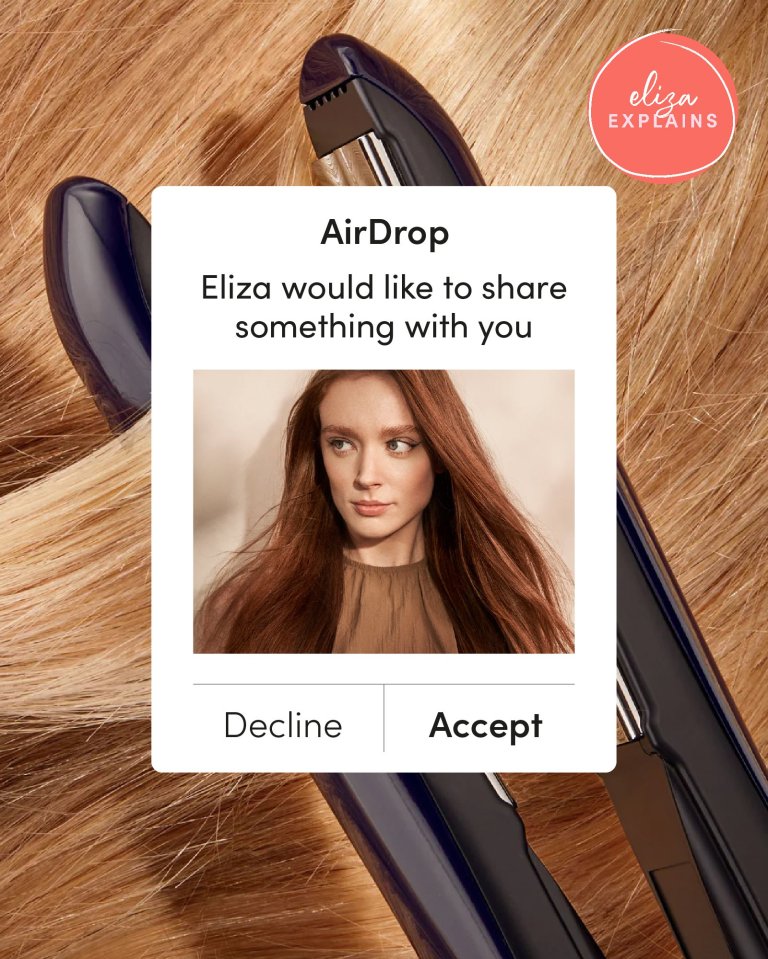Demystifying ingredients, clarifying how to apply products and revealing everything you’ve always wanted to know about skin types; Eliza Explains will help you become a beauty pro.
Back in the ’90s, Remington’s Wet2Straight was all the craze, promising to do, well, just that: turn your wet hair straight in just a few swipes. It joined a range of other styling tools that required water to steam your hair poker straight. But reports of hair damage saw those devices vanish from the shelves.
That’s why Millennials were flooded with nostalgia earlier this year, when ghd announced the launch of its two-in-one Duet Style for wet-to-straight hair – a tool that made that same promise of turning your wet hair straight, but without the damage.
The idea is tempting: skipping the long in-between stage of blowdrying your hair before then going back in with the straighteners. But can this two-in-one approach really style your hair safely? Here’s what the experts have to say.
What do the experts say about the new era of stylers?
While the two-in-one device makes for fuss-free hair styling, it comes with caution. Philip Kingsley’s consultant trichologist, Susie Hammond, highlights that wet hair is “weaker and more susceptible to damage”, although she actually favours the multifunctional device over letting hair air dry.
Celebrity hair stylist, Michael Douglas explains the possible risk: “Hair has more elasticity when wet, so can stretch. Stretched hair combined with a lot of heat can cause irreversible damage. As the hair dries, it hardens, and loses its ability to stretch as much, and becomes more resilient to the heat.”
There is a fine line when using multipurpose tools on wet hair to avoid ‘boiling’ your locks. “Most drying happens around 80-120°, whereas finishing tools work best around 190°,” says KEEO Hair co-founder and hairdresser, Alfredo De-Benedictis.
“In a wet to dry styling process, the first 90-95% is drying the hair to disperse the water, so only the last 10-5% of the water is present when styling takes place.”
In all cases, whether multi-tool or using separate tools, these higher temperatures should only be used when hair is bone dry. As long as tools work within these parameters, there should be no dehydration of the hair.”
Wet-to-dry multipurpose stylers have many advantages, too. They are not only convenient, but add volume and have “a more long-lasting result”, says Bellissima ambassador Gorka Arraras. They also remove the need for multiple stylers and added expense.
More on heated hair tools…
- The hair curling tools to try this summer
- Dyson Airwrap vs. Shark FlexStyle: which is the better hair tool?
- How to achieve a wavy blow-out on curly hair
- How Revlon’s One-Step Blow-Dry Multi Styler compares to Dyson’s Airwrap
Top tips for using wet-to-dry stylers safely
When using the trending hair tool, there are some non-negotiables to maintain healthy hair. Firstly, it is important to remove as much moisture from your hair as possible, so as not to burn your locks or remove natural oils. Hammond recommends blotting and squeezing with microfibre towels, but never rubbing the hair – she warns that this can damage the protective cuticle layer of the hair shaft, causing frizz and reducing shine.
Swipe and shop: Wet to dry hair stylers
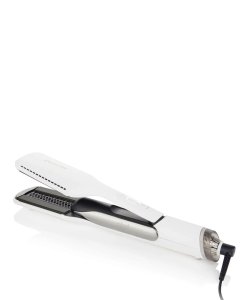
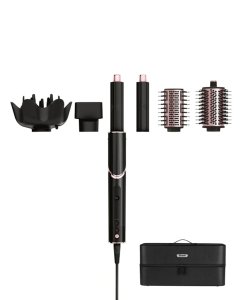
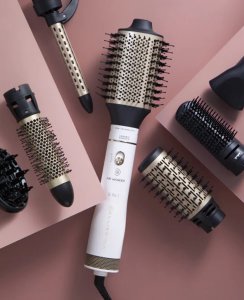
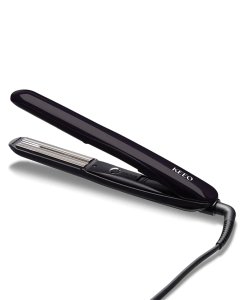
*Eliza may earn commission on sales from these product links
It is paramount that you use a heat protection product every time you style your locks, and that your hair is completely dry before switching to the styling function.
The experts recommended using low heat settings, avoiding putting the tool directly on the hair, and staying away from repetitively styling one section as “multiple passes over the same strands can cause breakage over time,” says Hammond.
When shopping for wet to dry hair tools, there are also specific requirements to heed, too.
De-Benedictis recommends products with “sufficient airflow” rather than pure heat and avoiding ceramic plates on wet hair. “A high air flow will disperse the moisture in the hair quicker,” he says. “Pure heat will disperse the moisture slowly so can be damaging, which is why you never use hot tools on wet hair.”
Douglas adds: “Using direct heat from tongs and irons on wet or damp hair is the worst thing you can do. The new tools that blow dry and straighten hair in one go must have sophisticated temperature control to manage the different states of the hair as it dries.”
It is also not solely the temperature of the appliance that matters, but the “compression and tension” of the tool on your hair, stresses De-Benedictis, as it can (in the worst-case scenario) break the hair shaft, and could pull out the root, which is detrimental to hair growth.
Arraras advises hair appliances with ionic technology, which “maintain hydration by trapping the moisture in the hair”, and a protective oil coating, such as Keratin, to prevent heat damage and for “instant vitality”.
In short, be careful and do your research about which (like ghd’s styler) are actually worth investing in.
So, are wet-to-dry hair stylers safe?
The verdict: rest assured we are in safe hands with the new and improved wet-to-dry hair tools, which simplify our hair routine and help achieve a variety of styles without damaging our hair.
However, to ensure things are as safe as possible, heat protection must be used and accurate temperatures, as well as pressure, need to be applied at the perfect time.
Products to pair with your wet-to-dry styler
Swipe and shop: Styling recommendations
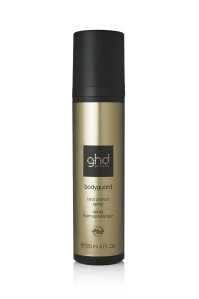
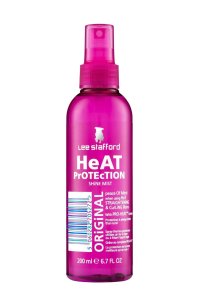
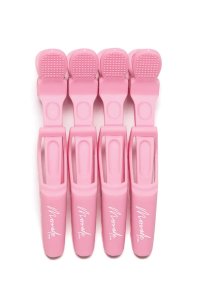
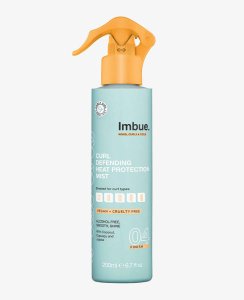

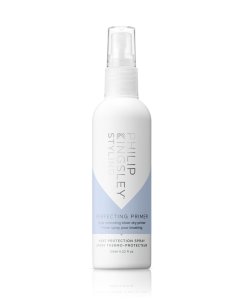

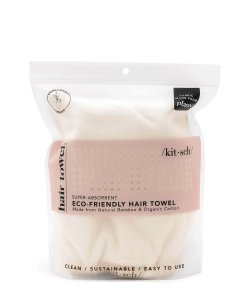
*Eliza may earn commission on sales from these product links
